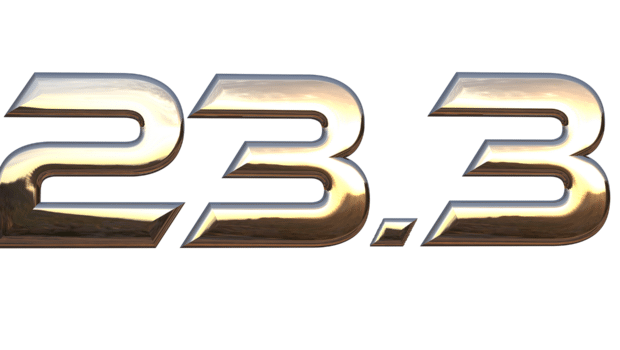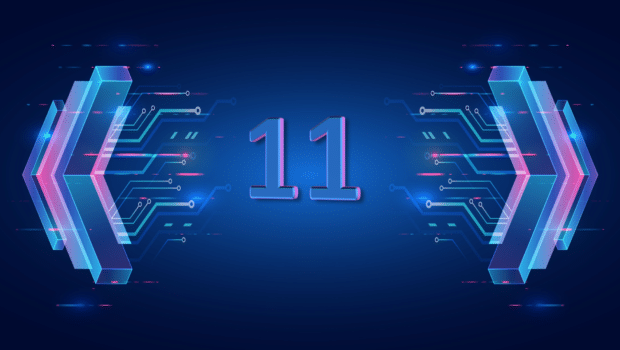
Vertica is pleased to announce version 12 of our unified analytics platform. Since the introduction of Vertica version 11 around June last year, several releases have gone out. Our release cycle has become more continuous, and the Vertica engineering team packs a lot of capabilities into every release. What this means is that a LOT of new capabilities have been added both in this new release, and in all the other smaller releases.
Here are the improvements in Vertica with the Version 11.01, 11.02, 11.10 and 12.0 releases. There’s a lot here, so hold on to your hats.
Broadest Deployment Support
The development team continues to improve deployment, including advances in Eon Mode, Docker containers, and public cloud deployments.
- Vertica has also expanded compatibility with on-premises object stores. We’ve recently added Vast and H3C compatibility. Rather than using an S3 bucket for your main repository, you can use these vendors, along with Dell, Pure, Scality, and Minio.
- We’ve made many improvements to the security, deployment flexibility and stability of Vertica in Kubernetes. Previously, Vertica in Kubernetes only supported communal storage on Amazon Web Services (AWS) S3 or S3-compatible storage locations. Vertica expanded its support to include Google Cloud Storage (GCS), Azure Blob Storage, and Hadoop Distributed Filesystem Storage (HDFS).
- You can now use Amazon EKS managed Kubernetes service for Vertica containers. It is also available on Operatorhub.io. This expands the type of environments.
- Now in Eon mode, any cluster can do tuple mover operations, not just the primary cluster. This vastly expands which subclusters you can use for ELT and data ingestion.
- For Vertica deployed in Eon mode, we’ve improved the stability of the database when short outages occur, as they sometimes do on some public cloud platforms. The database remains up if even one node is operational. There is no quorum requirement as in past versions.
- When it comes to sharing data, Vertica now allows you to publish a large dataset publicly on AWS S3 buckets and transfer the costs to those who use it. The system can be configured so that the originator of the data pays only for storage, and the ‘Requester Pays’ for usage.
- A Vertica subcluster can now be turned into a READ ONLY cluster. This feature is most often used when downsizing or up-sizing subclusters. Clusters can be turned into READ ONLY as a new subcluster spins up and takes over from the original. This prevents writes during cluster size modification.
Analytics Anywhere (Data Access)
We recognize that Vertica fits in a wider ecosystem of data and applications, and we work to ensure that there’s no friction in your infrastructure.
- We’ve improved our capabilities on complex data types in Vertica and it has an impact on reading complex Parquet and ORC formats. You can import complex data from Parquet or ORC into Vertica ROS format.
- The development team has added the ability to read more complex external files in JSON, AVRO, and Parquet. You can now use Vertica to query and analyze nested complex data (such as arrays of arrays) in JSON, AVRO, and Parquet.
- Our JDBC drivers have been improved with configurable timeouts for network, node, and sockets, allowing for more flexibility when connecting Vertica to other applications.
- You can now load balance workloads from the ADO.NET and ODBC client drivers by resolving a single hostname to multiple IP addresses. In other words, if your client drivers are bottlenecked to one IP, there’s a solution for using multiple IPs and eliminating the bottleneck.
- We continue to update the open source bi-directional Vertica Spark Connector. It now supports exchange of data through Parquet or other data on HDFS and S3. We’ve made it easier to run the Spark Connector and have included some examples that demonstrate it with Kerberos authentication.
Database Optimization and Performance
We’re always looking for ways to shave off milliseconds from the query times because they often add up to minutes and hours when your data is big.
- Join large, unsegmented tables faster with automated segmentation to spread the JOIN load across all nodes in the cluster or sub-cluster.
- Reading and writing Parquet files is now potentially faster. Efficiently read and write Parquet files with shorter wait time with an optimized pruning algorithm that supports DataPageV2.
- Partition Range Projections and Live Aggregate Partition Range Projections enable faster refreshes while retaining less data for improved query optimization.
Analytics Depth
The more analytical capabilities offered by Vertica, the better. We’ve made some aggregate, geospatial, machine learning, and VerticaPy improvements in recent versions.
- With Vertica 12, you can calculate as many APPROXIMATE_PERCENTILEs as needed with one call.
- We’ve made some improvements to VerticaPy, the open source Jupyter, Python interface for Vertica. It now supports Python Pickle export with platform independent, in-memory ML models. We’ve improved the Graphviz package with tree models and K-means explainability trees color-coded.
- As an improvement to our geospatial capabilities, ST_GeomFromJSON loads 2D GeoJSON into Vertica GEOMETRY format.
- It was big news for those migrating to Vertica that we recently added stored procedures to our platform. Version 12 includes new extensions for geometry, geography, and altering existing procedures.
- In VerticaPy, the CHAID trees algorithm has been added.
- With Vertica machine learning, you can now import and export PMML TreeModels, allowing you to manage and operationalize in Vertica tree models that were created elsewhere.
- Version 12 added the Isolation Forest (I-Forest) machine learning algorithm for improved outlier/anomaly detection.
- Vertica 12 now supports NODE.JS Node.js a very powerful JavaScript-based platform. It can be used by our customers to develop I/O intensive web applications.
Data Governance and Security
Security and backup are critical for enterprise applications, and we’ve done some work in these areas, too.
- We’ve added the capability to adjust user lockout time after failed login attempts with a more configurable authentication timeout.
- We’ve broadened our single sign-on (SSO) capabilities with Oauth2 token authentication support for JDBC and ODBC clients.
- For Vertica Accelerator, ISO – 2000 1 certification has been completed.
- We’ve made many improvements to our VBR utility. This utility is one of the methods you can use to backup and restore Vertica.
- Vertica has been tested in FIPS mode using OpenSSL 1.1.1.g on SUSE Linux Enterprise Server 15 SP2. Vertica supports FIPS mode on FIPS-compliant operating system versions that are equal to or higher than the tested version.
You can read more about all of these updates in the latest documentation. For details, read New and Changed in Vertica 11.0.1 and New and Changed in Vertica 11.0.2 and New and Changed in Vertica 11.1.0 in the Vertica Documentation.






